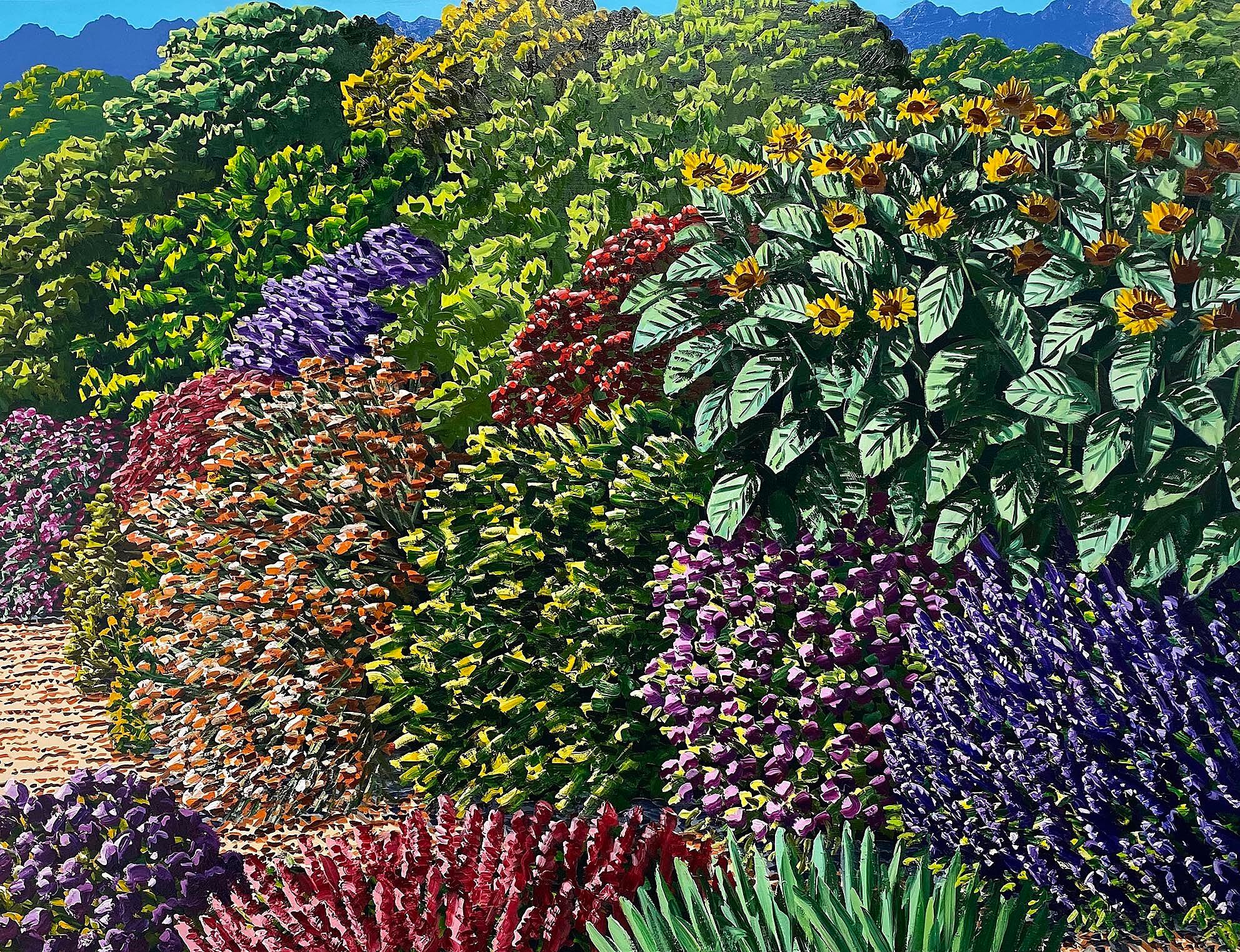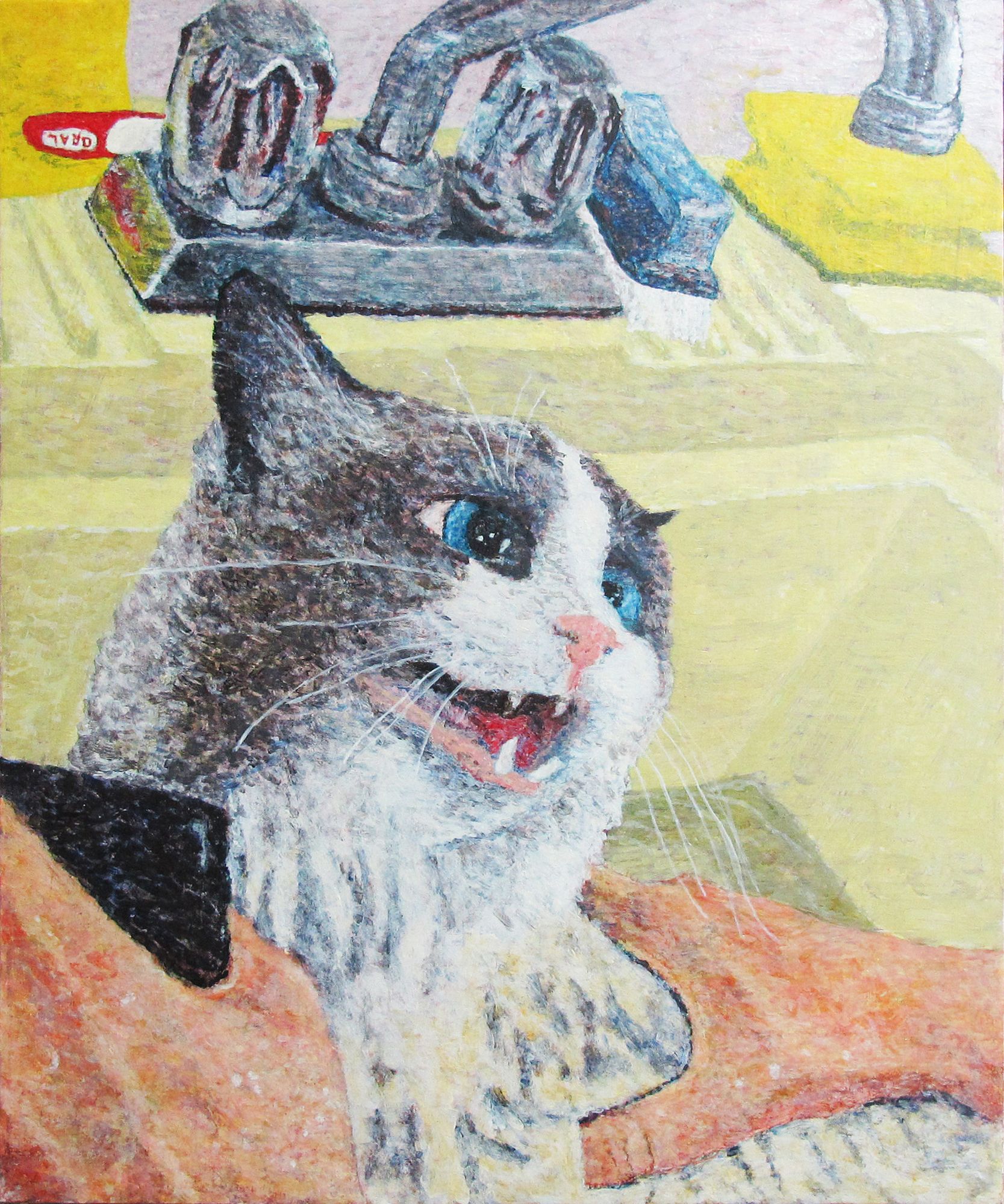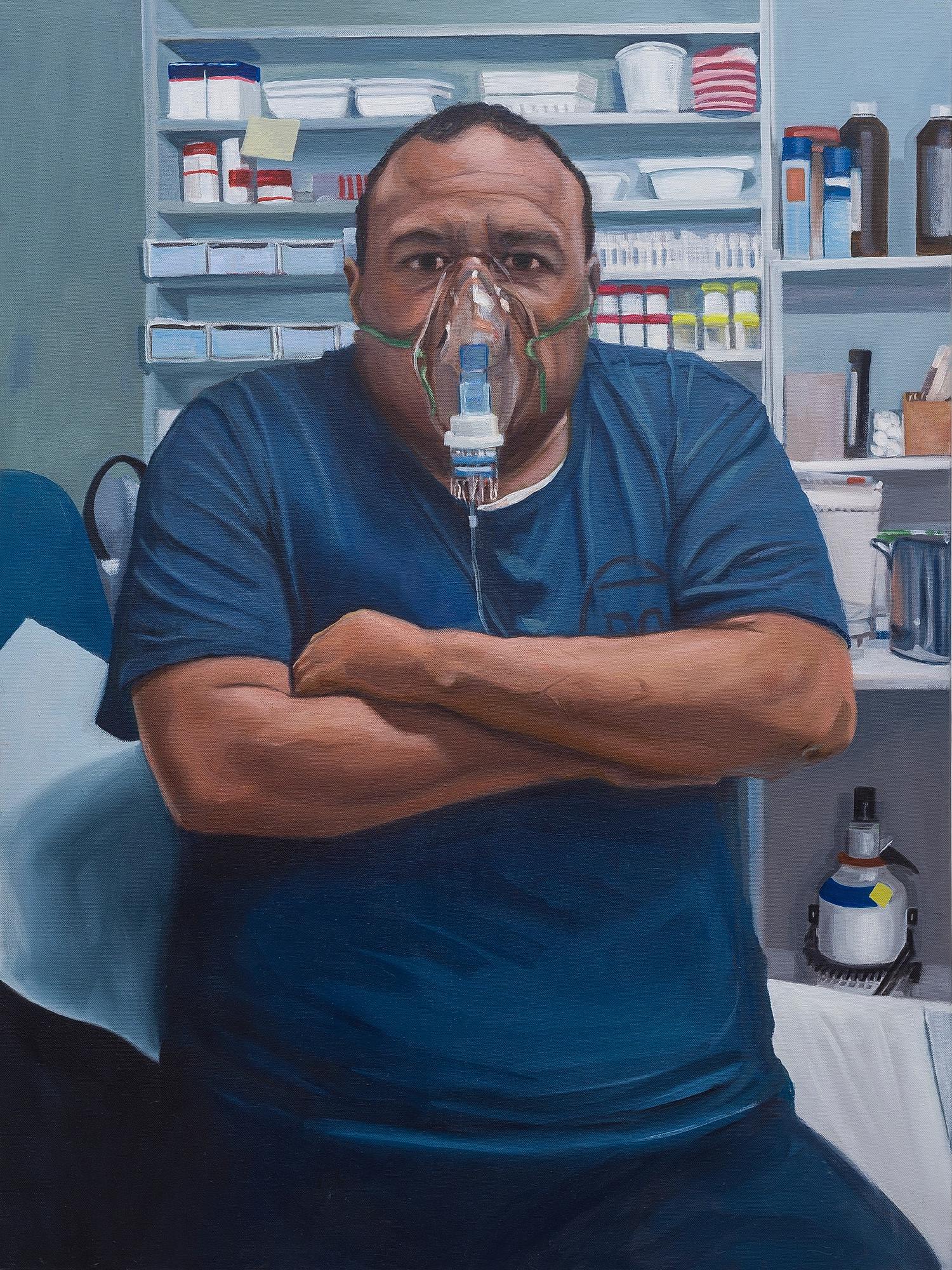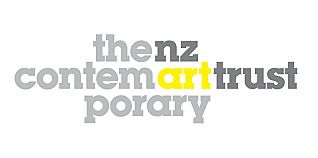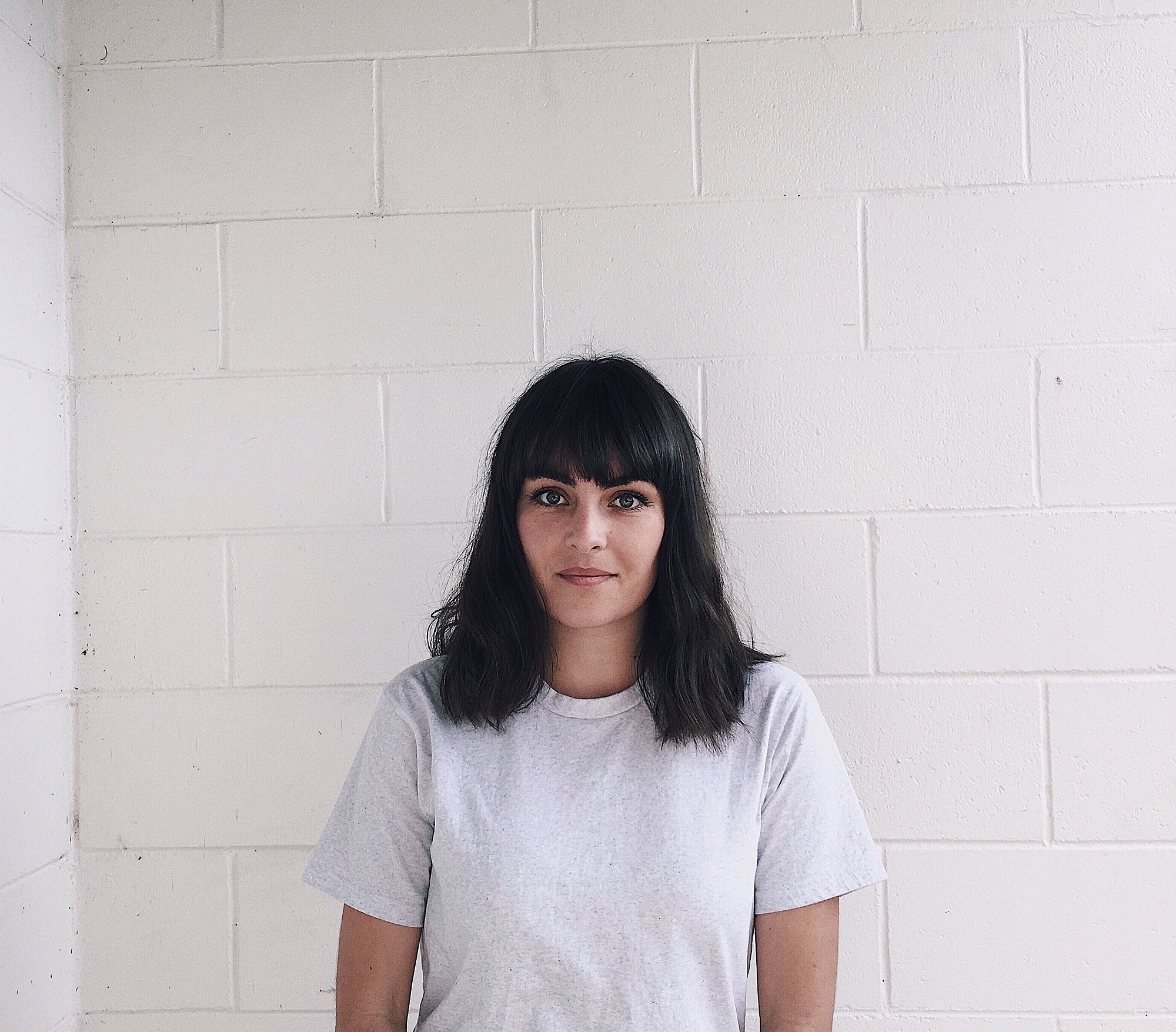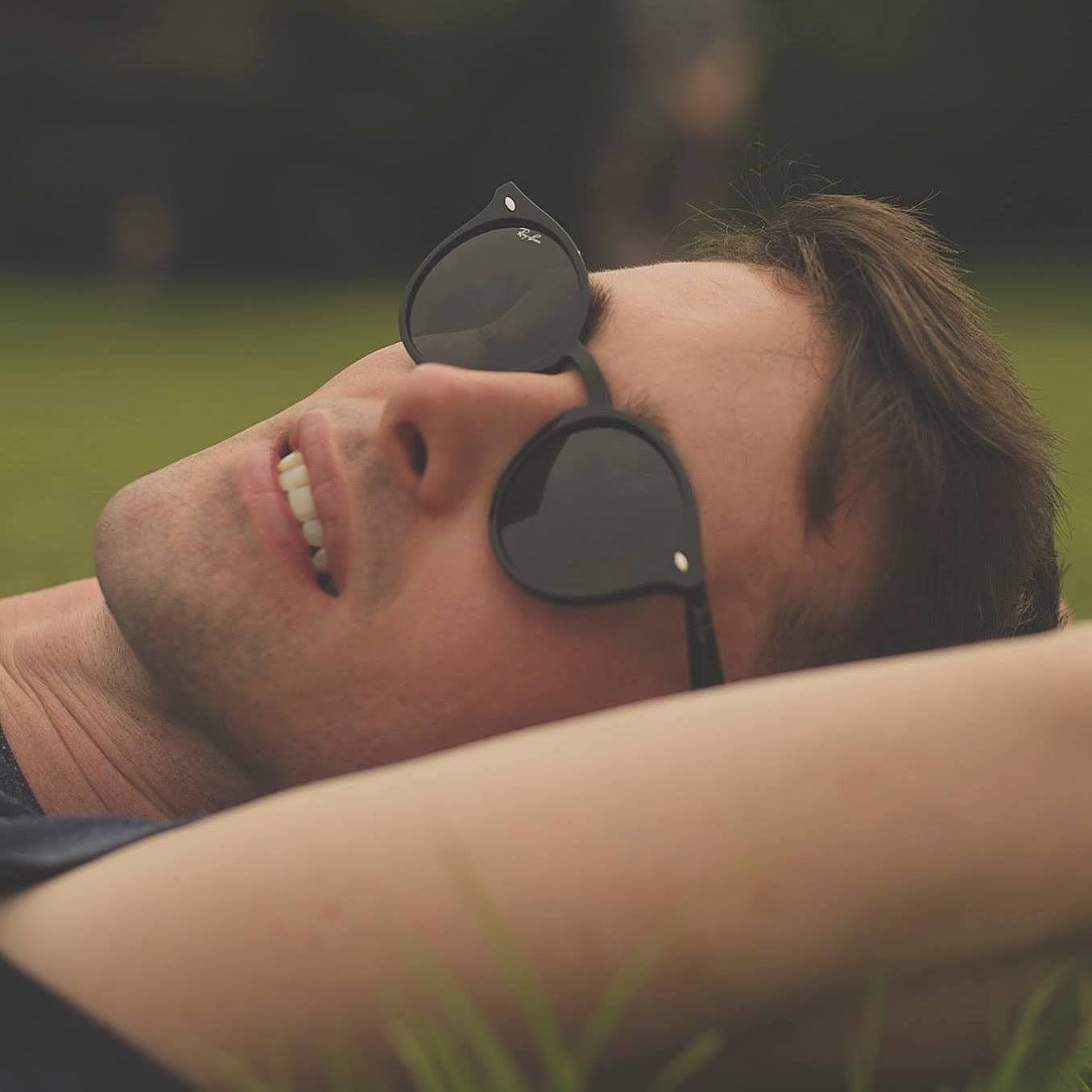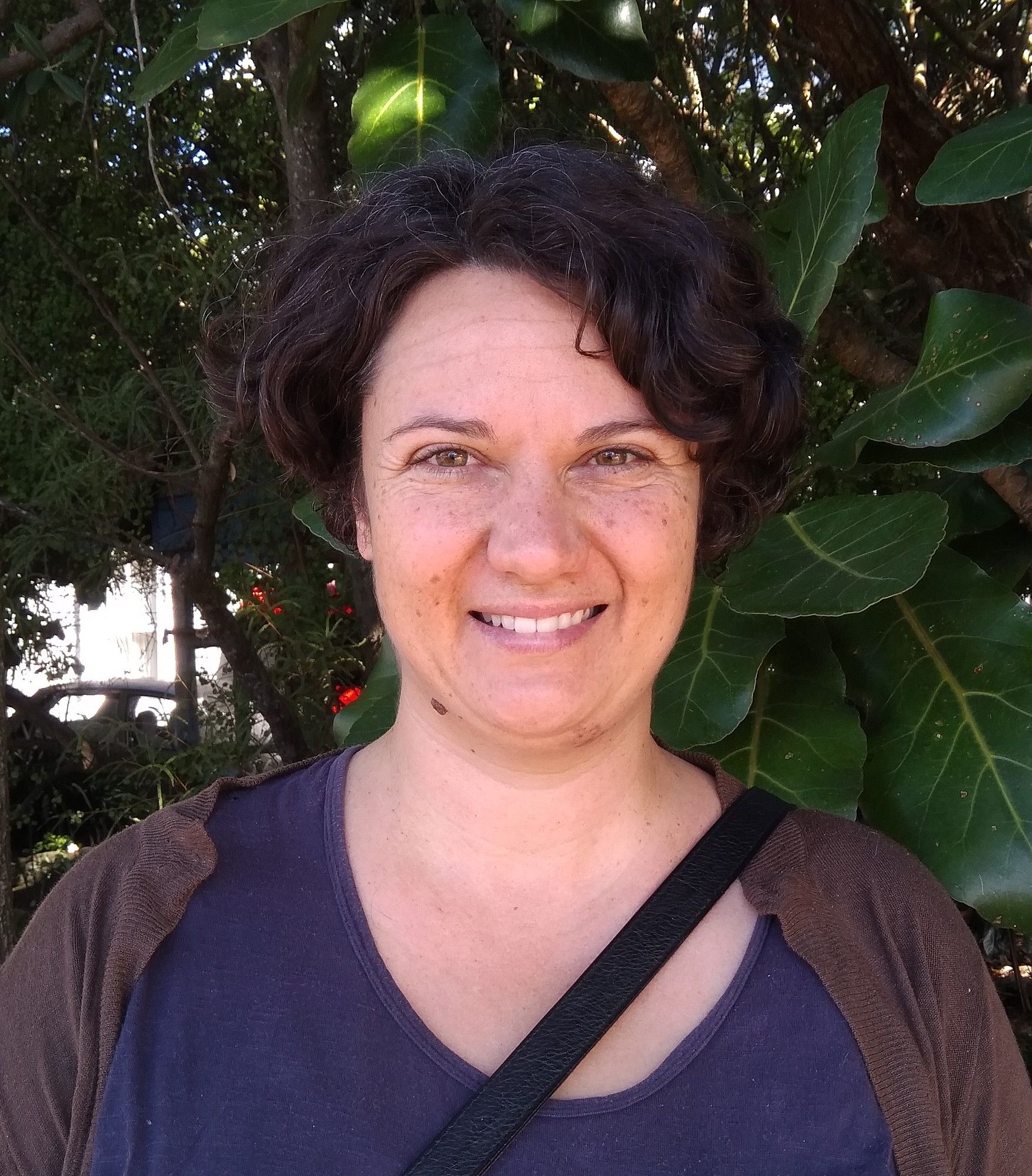The Unmissables: Three Artworks to See in December
The best art on show in the dealer galleries of Tāmaki Makaurau Auckland in December 2020.
A monthly round-up of artworks from the dealer galleries of Tāmaki Makaurau that we keep returning to.
The cold realities of everyday life, and conversely, it's warmth. A broken world, or a world being reborn? This month's Unmissables asks the deep questions, and finds safety in both the quotidian and the queer.
Our team of art critics, India Essuah, Tulia Thompson and Francis McWhannell, have trawled the streets of Auckland to showcase some of the most exciting art on show.
Standing close to the rush of urgent sunflowers in Karl Maughan’s recent paintings at Gow Langsford evokes the calm of returning to a familiar garden. The work of memory is vital to these captivating paintings; the exhibition accompanies the launch of a monograph on Karl Maughan’s significant contribution to New Zealand art, published by Auckland University Press. The sunflowers in Maughan’s new paintings recall flowers in his early works. In the background, you can see the blue undulations of hills that anchors the works to Aotearoa.
During the composition process, Maughan photographs favourite flora and reorders them into landscapes that are part- record and part- imagining. I am curious about the profusion of blooming; the harmony and plenty of it. The quick brushstrokes across these large works brings tranquility and lightness. Recognisable, rounded shrubs burst with warm mauve and pink blooms. I am curious too about Maughan’s ongoing preoccupation with the garden, a site of cultivation and wild, of solace and profusion.
In Kopaki (2020) I love how the sunflowers create a kind of disorder against the gentle order of the garden. They are messy and effusive. As if caught in late afternoon light, their bold lion-hearted yellow heads gather and bloom above angular, dark leaves. It captures what I love about gardens; the solitary, closed-off worlds they create in momentary microcosms; that silently retreat into the greater whole. - TT
Karl Maughan
Gow Langsford Gallery, Kitchener St.
25 November – 19 December
Karl Maughan, Kopaki, 2020 Image courtesy of Gow Langsford Gallery
Owen Connors is one of Aotearoa’s most interesting and most diversely talented artists. Already this year they have presented bewitching quilt-based works and drawings in coloured pencil at Blue Oyster Art Project Space, Ōtepoti, and as part of the stand of play_station, Te Whanganui-a-Tara, at the unforgettable May Fair virtual art fair. Their present show, For Future Breeders at Parasite in Tāmaki Makaurau, sees them try their hand at egg tempera panel painting. Long enamoured of Italian art of the Middle Ages and early Renaissance, I cannot help but associate the medium with altarpieces by the likes of Duccio di Buoninsegna and Fra Angelico. The meticulousness and rich colour associated with such artists is present in For Future Breeders, but Connors has fattened up the strokes to create paintings that are at times almost pointillist. Seven panels have been sunk into the plasterboard walls of Parasite’s stairway-gallery, so that they feel essentially integrated into the space, destined to be there, or perhaps even excavated from within the architecture.
Connors’ subjects are complex and varied, enfolding explorations of queerness, mystical thought, and particularly gnosticism. At first blush, the images can seem quotidian. In Temperance, a child wearing a party-dress and tiara play-strangles a second one in a t-shirt. It could be a scene showing two siblings, except that the second kid—who holds the Temperance tarot card—seems to be in a mirror. The apparition might be a false reflection, at odds with the dress-wearer’s self-knowledge. As someone who wore dresses a lot in childhood but later felt compelled to stomp out that ‘behaviour’, I tend to imagine the mirror child as a normative or future version of the other. Another work, Yaldabaoth ostensibly depicts a cat scowling at being bathed. However, the title signals that the animal is not merely a pet but a figure for the gnostic demiurge (‘inferior creator of the world’) of that name. Yaldabaoth is a lustful lion-faced monster. Referred to as male in some texts, androgynous in others, they might be understood as an ancient expression of gender and sexual complexity—and one apt for revisiting.
This notion in mind, I mentally cycle back to the show title. Is For Future Breeders ironically dedicated to those who will, quite literally, breed in the future, sending their progeny out into a broken world? Or it is offered up for maligned entities rebirthing the world in different ways?- FM
For Future Breeders
Parasite
20 November 2020 – 16 January 2021
(by appointment only: [email protected])
Owen Conners, Yaldabaoth, 2020
After the first Covid-19 lockdown, a camera malfunction meant I lost dozens of photos from those weeks, mostly of my Grandma and the daily rituals we formed inside our little bubble. Hiria Anderson’s (Rereahu, Ngāti Maniapoto, Ngāti Apakura) latest painting show Te Ao Hurihuri: At the End of the Beginning at Tim Melville captures the kinds of moments I had hoped to, plus so much more. While they’re mainly peaceful, everyday scenes, as she writes: “they arrive on the back of life-altering moments where people are forced into change”.
From a distance the oil paintings almost have a photographic quality, but a closer look shows they’re made up of soft lines, gaining their realism through Anderson’s use of light, shadow and colour. She paints the gleam of stainless steel, or the familiar glow of Palmolive dishwashing liquid, with as much care as she does the people around her. The focus and intense attention to detail suggests how precious she finds the subjects in each vignette.
Anderson says she also wishes to be honest about how Māori have been disenfranchised by the institutions around them. In the context of Covid-19, this includes the health system. In this series the most confronting painting, Breathe, shows a man staring out from the painting while wearing an oxygen mask, a smaller neighbouring painting shows a young visitor sitting behind a meal tray, featuring that iconically bright hospital dessert of jelly and ice cream. The man sits up from the bed with his arms staunchly crossed, as though he’s doing his best to resist the worries of his visitors. Between moments of peace, normality and humour, Anderson reminds us that there are serious consequences playing out in real time. Just two paintings down, there’s a far more comforting meal titled ‘Softbones and Watercress’, sitting on top of a warm yellow bench. Next to it is a painting of a tiled bathroom and a hand basin, titled ‘Wash your hands bro’. Throughout the show, comfort and colders realities sit side-by-side, often within the same image, exactly as they do in real life. - IE
Te Ao Hurihuri: At the End of the Beginning
Tim Melville Gallery
2-23 December
Hiria Anderson, Breathe, 2020 Image courtesy of Tim Melville Gallery
The Unmissables is presented in a partnership with the New Zealand Contemporary Art Trust, which covers the cost of paying our writers. We retain all editorial control.
Feature image: Hiria Anderson, Softbones and Watercress. Courtesy of Tim Melville Gallery.


